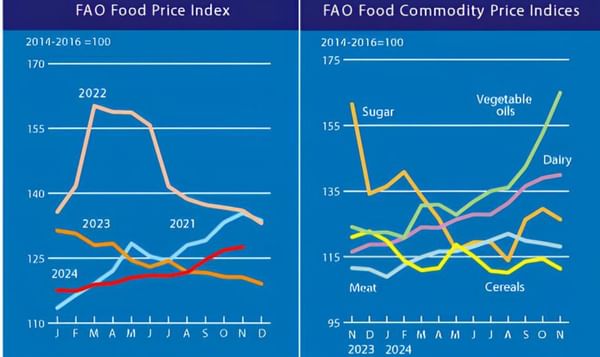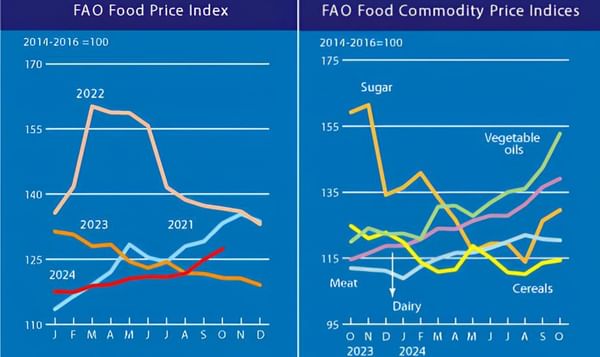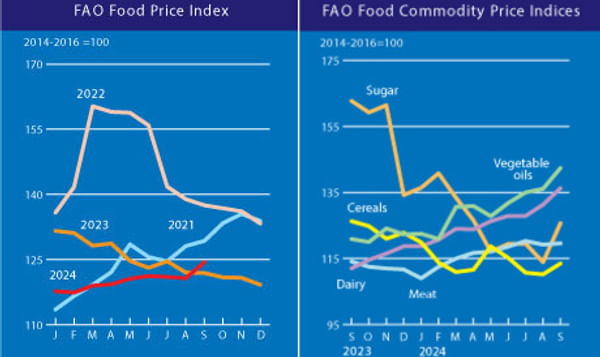When it comes to calories, parents lack a basic understanding of their impact on weight and may even be skeptical that calories are just the latest food and nutrition fad. New research shows that only 14% of parents say they are consistently paying attention to the calories their families consume;even fewer (9%) say it would be the easiest thing for their family to do on a regular basis.
The research was conducted by the Dietary Guidelines Alliance, of which the International Food Information Council is a founding member along with the federal government and other food and health organizations.
These findings come at a time when several leading health organizations and initiatives have identified balancing calories consumed and burned is a key factor to combating the global obesity epidemic.
“Parents will soon hear lots more about managing calories from the 2010 Dietary Guidelines for Americans to First Lady Michelle Obama’s Let’s Move! campaign to various food labeling initiatives.” says Marianne Smith Edge, MS, RD, LD, FADA, Senior Vice President, Nutrition and Food Safety at the International Food Information Council Foundation. “This research helps us identify where gaps exist in communicating effective messages on dietary guidance to consumers.”
Parents Rank Other Diet and Lifestyle Behaviors above Attention to Calories
Across five core behaviors that parents could be implementing to impact the healthfulness of their family’s diet, the study shows that parents are least likely to believe that paying attention to calories can make a difference. There is nearly universal agreement that serving nutrient-rich foods could impact the healthfulness of their family’s diet.
Specifically, when asked to rate five key behaviors in terms of how important they are to the healthfulness of their family’s diet, parents ranked the following as most important:
- Serving their families foods and beverages that are nutrient rich (such as whole grains, lean meats, low-fat dairy, and fruits and vegetables) more often (82%)
- Making an effort to balance amount of foods and beverages consumed with amount of physical activity (74%)
- Paying attention to the amount of foods and beverages served and eaten (69%)
- Managing higher-calorie food and beverage choices in a way that does not impact weight (67%)
- Paying attention to calories consumed from foods and beverages (52%)
Top Messages that Parents Say Would Change Their Behavior
Messages were also tested to determine what would help motivate parents to make positive diet and lifestyles changes. Overall, messages that show the benefit of “doing something”, are instructional, and encourage a family effort are most effective. The following messages were the top rated by consumers:
- Know your number. Learning how many calories you should consume in a day is a critical first step in managing your weight.
- Fun stuff counts as exercise! Get active with the family whether it’s soccer in the backyard, dancing to music or taking a walk in your neighborhood.
- Take charge of your weight. Balancing the calories you eat and drink with the calories you burn though physical activity puts you in control.
- Small steps = big changes. Serve smaller portions to help curb calories and keep your weight on the right track.
- Base your plate on nutrient-rich foods that offer beneficial nutrients and fewer calories. Choose fruits and vegetables, whole grains, lean meats, beans and nuts, and low-fat and fat-free dairy foods more often.
- You are an important role model for your children. Show your family how to savor their favorite higher-calorie foods and beverages by enjoying smaller portions together.
Parents rated the grocery store and health professionals’ office as the top places where they say they are most likely to pay attention to information regarding these and other food and health topics.
The Dietary Guidelines Alliance’s three-phase research project included ethnographic research, focus groups and a quantitative message-testing web survey focused on topics similar to the areas of focus in the 2010 Dietary Guidelines Advisory Committee Report. In addition to a representative sample of the population based on the U.S. Census, the research also includes additional data focused on minority populations.
Read the full report (pdf)










